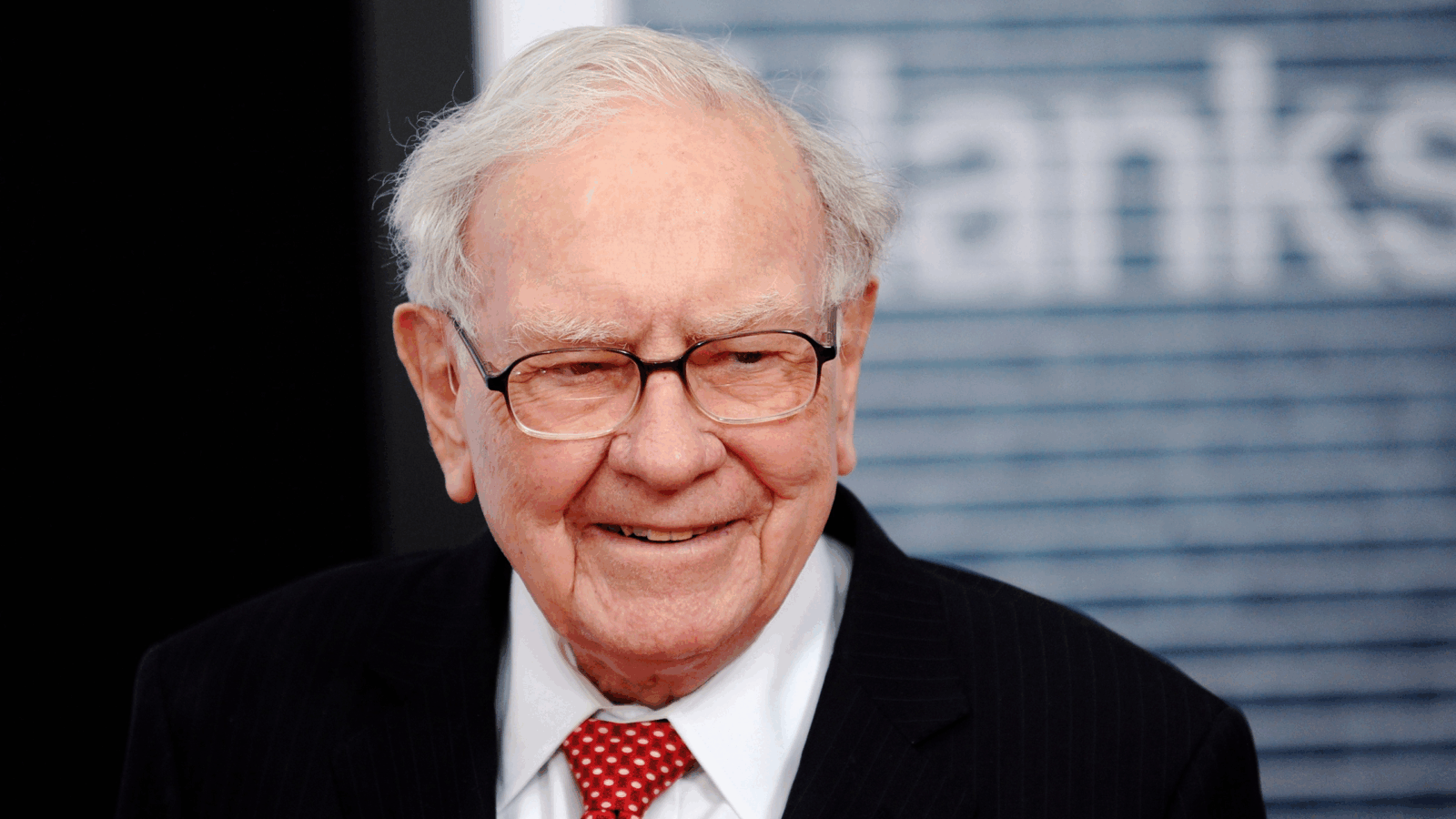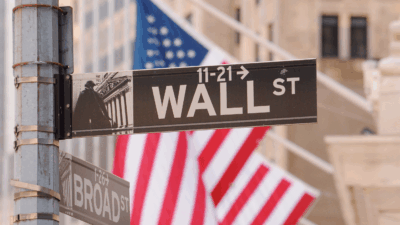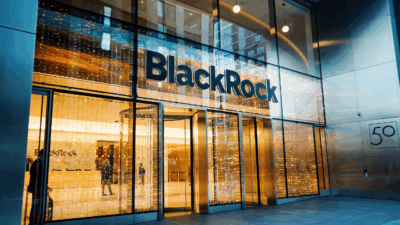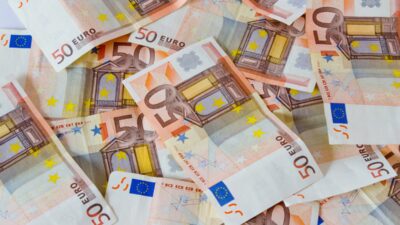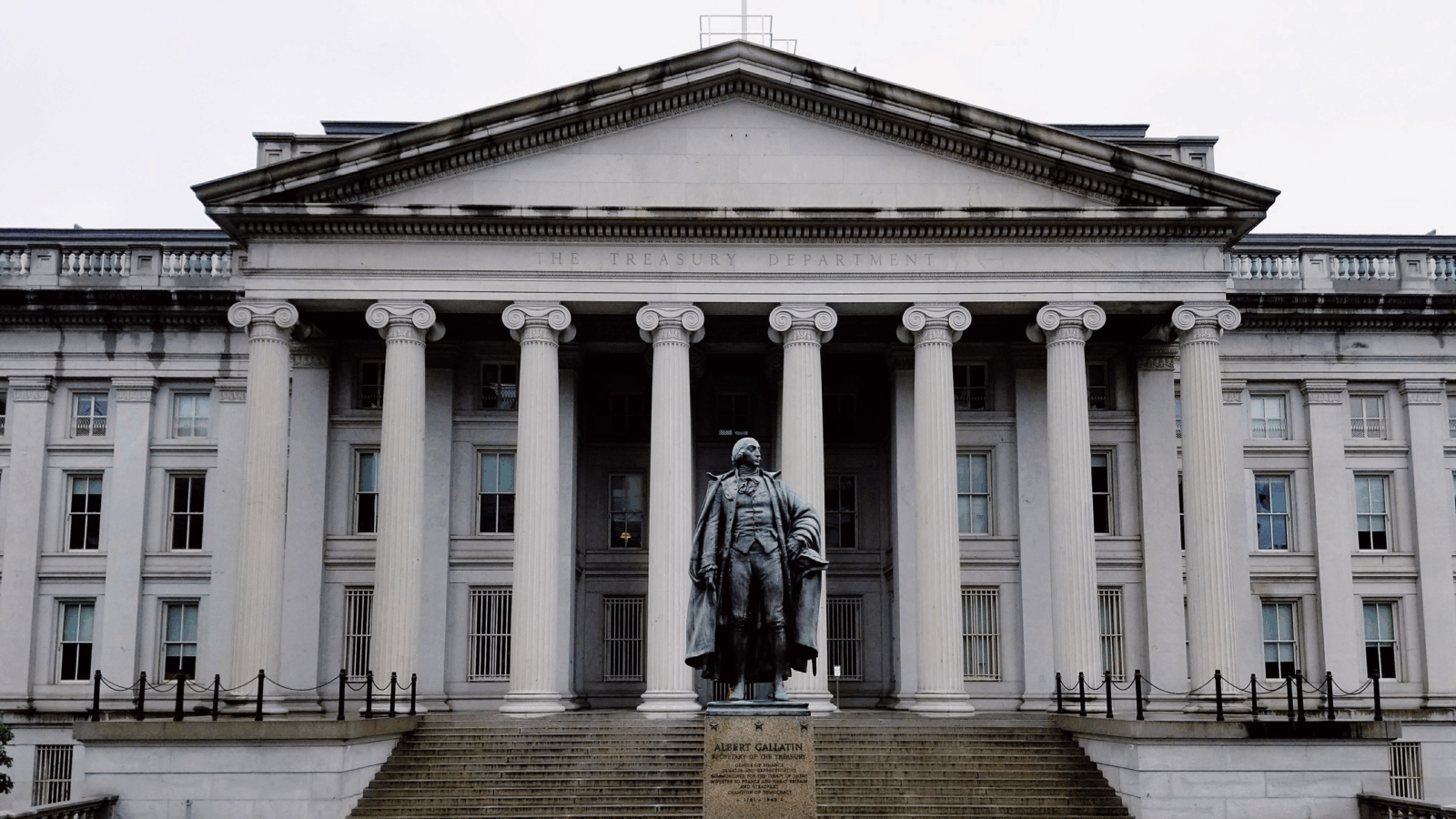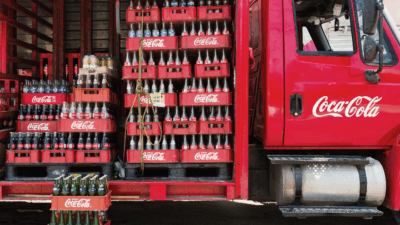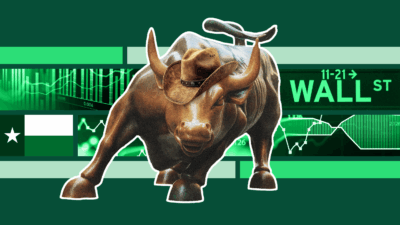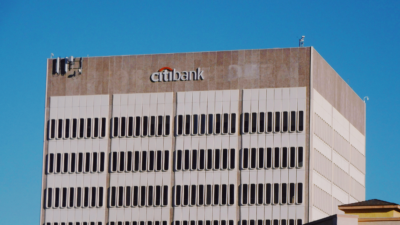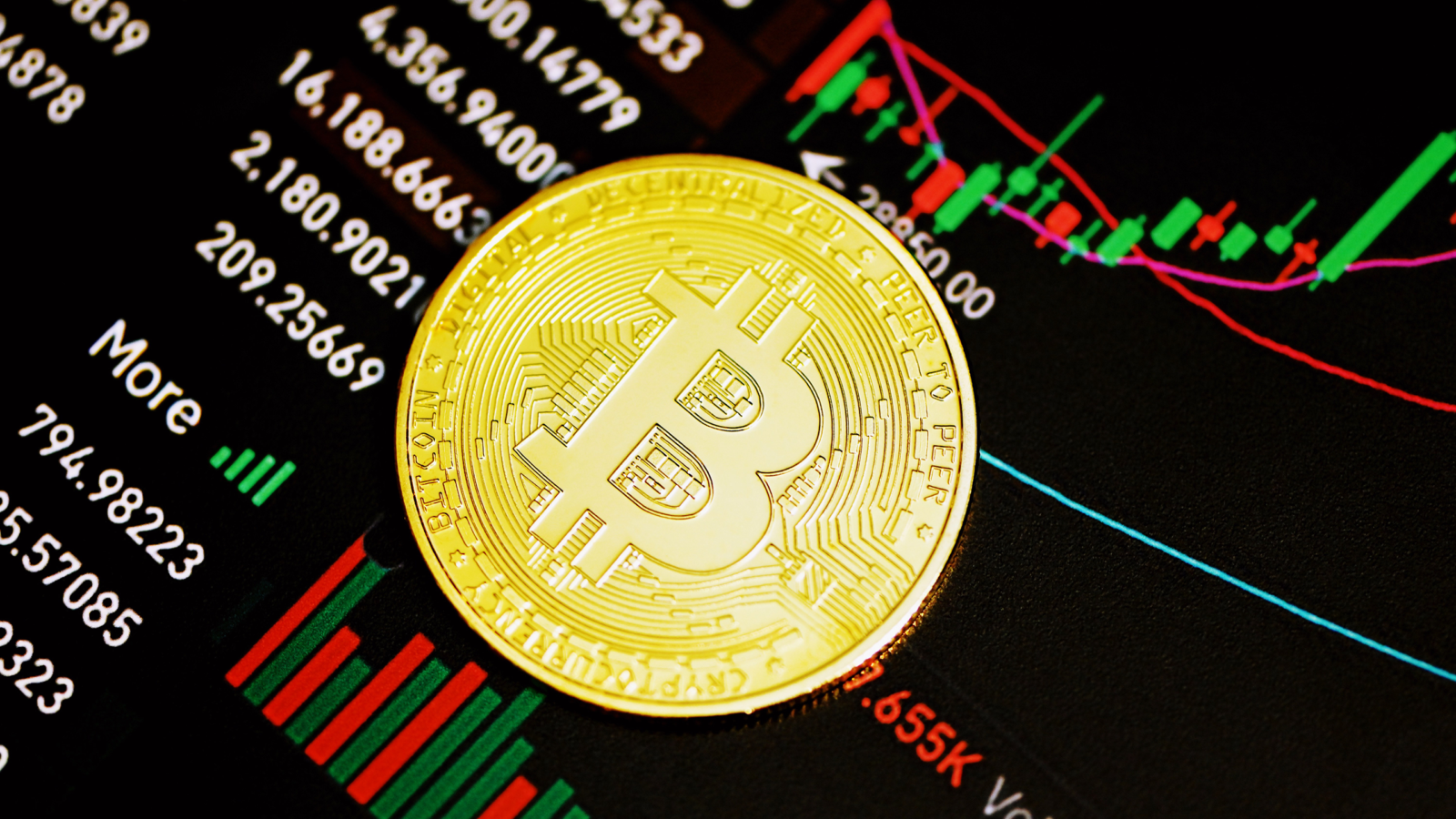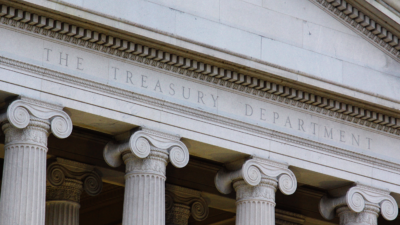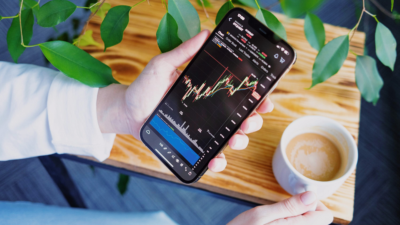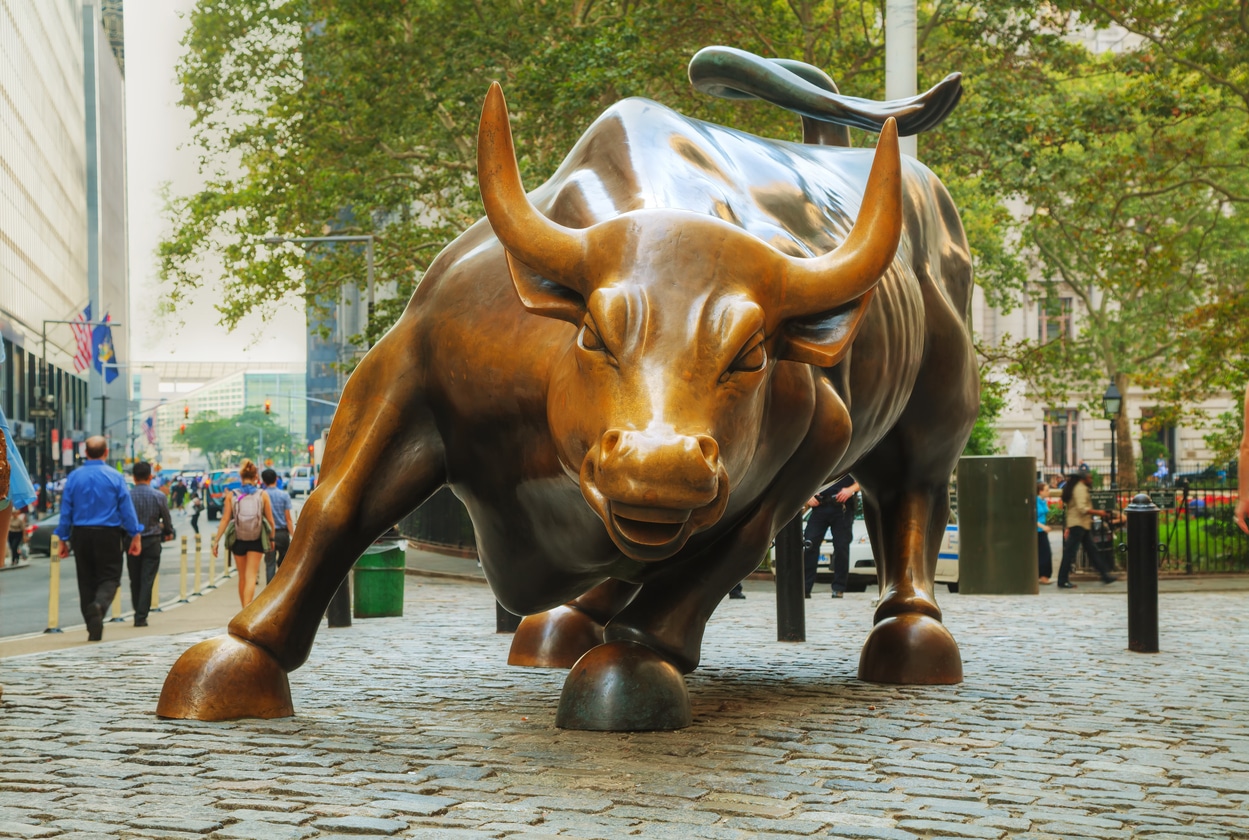
Sign up for smart news, insights, and analysis on the biggest financial stories of the day.
The S&P 500 and Dow Jones Industrial Average are each up 15% this year, both just one percentage point off record highs. So investors should be over the moon, right? Well…not quite.
And that’s because markets are sending mixed messages — some indicators are giving investors cause for optimism, while others are cause for concern.
A Study in Contrast
On Friday, the U.S. Commerce Department reported a June rebound in retail sales, signaling more reason for enthusiasm among the many bullish investors already brimming with confidence:
- An E*Trade survey of individual investors earlier this month found that 65% were bullish, the most market optimism seen in three years.
- The equity put-call ratio — which tracks bearish options bets on stocks against bullish bets — has risen to its most optimistic level since 2000.
“Something has changed,” Jason Goepfert, president of Sundial Capital Research, told the Wall Street Journal. “Whether it’s unprecedented stimulus or maybe there is this generational change with young investors. This new surge into the market keeps driving stocks higher.”
But it’s not all champagne and caviar. Consumer confidence has fallen to a five-month low, according to the University of Michigan’s consumer sentiment index released Friday. And plenty of investors are unnerved by inflation, volatility, and more infectious variants of Covid-19:
- The 10-Year Treasury yield is down to 1.3% as demand for bonds, an investor safe haven, is up. And put-buying — essentially betting on bearish price movement — is nearing a two-year high.
- Only 49% of stocks in the S&P 500 are trading above their 50-day moving averages, a complete U-turn from just months ago when that figure reached as high as 90%.
Earnings Schmernings: Analysts predict 2021 earnings will be lower than forecasts in February 2019 envisioned, and yet the S&P is up 60% since then. If the market strictly followed annual earnings predictions, stocks would be 10% lower than in early 2019.
